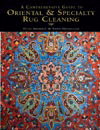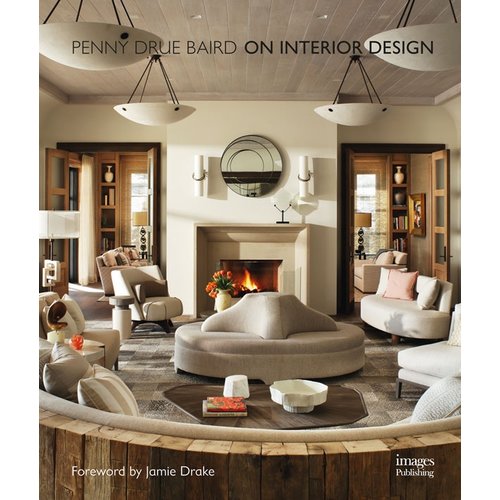The Fiber Story

In this month’s issue of Floor Trends, Dave Foster speaks with Dr. Bob Peoples, executive director of Carpet America Recovery Effort (CARE) and former director of nylon technology at Solutia. They discuss the 60-year history of fiber and what opportunities fiber innovation presents for the carpet industry.
I recently had the opportunity to connect with Franco Rossi, president of leading independent fiber producer Aquafil USA, which does extrusion and carpet recycling at its Georgia plant. The company is known for its Econyl nylon 6 brand, a 100% recycled content fiber, which is made from 50% post-consumer sources—much of which comes from U.S. carpet reclamation.
Aquafil has built quite a business based on recycled fibers. While the company sells fiber to the big carpet mills, it is also selling it to eco-conscious fashion brands, such as Levi’s, Adidas and Speedo (they have an entire swimwear collection made from Econyl), along with fibers for the interior of BMW’s i3 electric car.
Rossi said companies of this scale are careful about the brands they embrace because they do not want to subject themselves to accusations of greenwashing by consumer watchdog groups. Rossi sees this as an opportunity for the carpet industry to come together to create a standard of sustainability to make it easier for consumers and specifiers to understand what they are buying when they purchase carpet.
Fiber manufacturers continue to make more indestructible fibers, but of course, fiber technology would be only one component of such a standard. There’s the energy that goes into making materials, transportation, raw material components, backing, glue, end-of-life issues, etcetera. U.S. consumers and the carpet industry are likely not ready for the hard look yet, because really, how many consumers are looking at the sustainability of carpet when they make their purchase? We should all be more concerned about it, but the truth is, the market isn’t mandating it yet through dollars or legislation.
While fiber technology is offering a lot of solutions to common lifestyle problems, the independent retailer has a great opportunity to capitalize on these innovations. I recently went on a shopping expedition for a new stair runner in my home and visited all the independent stores in my area (I do not live in a big town, so I visited fewer than a dozen stores). I was inundated with all the common pet proof, spill proof and indestructible claims. I found myself continually gravitating toward the sections in the stores that offered commercially rated carpet because they had more of the “wow” design factor that I was looking for in a runner, and they also offered the durability for an application that would see lots of traffic each day. Taking off my flooring magazine editor hat, I found myself buying for look, feel, wear and cleanability. Fiber type and sustainability weren’t really mentioned in the sales pitches made by the sales associates I worked with. The type of fiber provided a solution for everyday problems and was integral to the look and wearability I was after.
Looking for a reprint of this article?
From high-res PDFs to custom plaques, order your copy today!







.jpg?t=1690771780)

